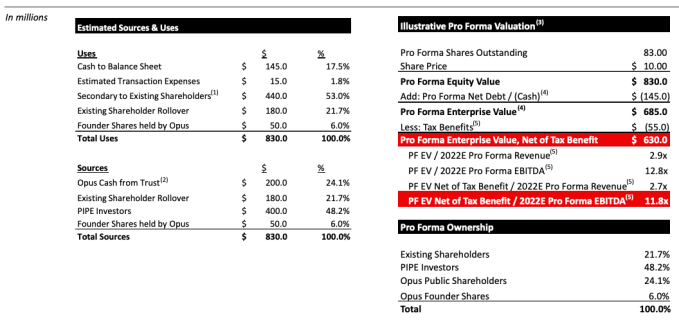News: Sastrify snags $7M to help SMEs manage SaaS buying
With so much startup activity in the software as a service (SaaS) space it can be a challenge for businesses to figure out which of these SaaS (SaaSes?) are actually useful and worth continuing to shell out for. Well Cologne-based startup Sastrify is here to help — offering what it descries as a “highly automated”
With so much startup activity in the software as a service (SaaS) space it can be a challenge for businesses to figure out which of these SaaS (SaaSes?) are actually useful and worth continuing to shell out for. Well Cologne-based startup Sastrify is here to help — offering what it descries as a “highly automated” platform (covering some 20,000+ SaaS solutions) to help other businesses with procurement and management of third party services.
It may not sound the sexist startup business to be in but despite only launching earlier this year, Sastrify is already cash-flow positive — and can tout “a high 6-digit recurring revenue” just a few months post-launch. Not bad for a startup that was only founded last summer.
Today it’s announcing closing a $7M seed round from HV Capital and the founders of FlixMobility, Personio and SumUp. That follows a $1.3M pre-seed raised back in late 2020, ahead of its launch.
Sastrify tells us it has around 50 customers at this stage — including “unicorn startups like Gorillas”. It says its approach works best for growing companies with 100+ employees, and is perhaps especially suited to European tech scale ups.
On the competitive front the startup points to US-based Vendr and Tropic, which may further explain the regional focus (although it’s not only selling in Europe).
Sastrify’s sales pitch to SMEs includes that current customers have seen an average 6.5x return on their investment — in addition to what it bills as “thousands of working hours” saved from “wasted” activities related to SaaS procurement.
Cost savings are another carrot — which the startup claiming its customers are “typically” saving around 20-30% of their SaaS cost.
So how does it actually make it easier for businesses to navigate the pros & cons of the smorgasbord of SaaS(es) now out there?
“Our main mantra is: ‘Effective procurement asks the right questions at the right time’,” says co-founder Sven Lackinger, who previously co-founded a SaaS startup himself of course (evopark), exiting that company back in 2018.
“To ensure that we’ve defined and implemented a 5-step process into our platform, covering the whole life-cycle of SaaS applications within enterprises. Our clients can search for the suitable SaaS solutions while we guide them through the right evaluation process per use case and tool (e.g. what are similar companies using?).
“We then take over the whole buying process, aka automatically reaching out to different vendors, ai-/OCR-based comparing and benchmarking for offers. Once the tool is implemented, we make sure to track usage frequently (via regular, automated surveys to tool owners) and re-evaluate over time so there is no ongoing waste of licenses.”
“We have a more automated platform [than Vendr and Tropic] and can also resell licenses to our customers directly (e.g. for Google, Microsoft and others) to ensure best prices and fast delivery,” he also tells us. “This allows us to offer a faster and cheaper solution which is more suited to the European market (where the average SaaS expense per company is still smaller than in the US).”
If you’re outsourcing all this other stuff to SaaS providers, why not get a specialist service to stay on top of how you do that too, is the basic idea.
The 30-strong Sastrify team will be using the seed funding to accelerate sales, marketing and product dev so it can expand its SaaS management service to more companies in Europe and beyond.
Commenting on the funding in a statement, Jasper Masemann, partner at HV Capital, added: “Cloud software adoption is massively accelerating and almost every company nowadays uses SaaS products but does not buy and manage them efficiently. Sastrify’s astonishing growth underlines the broad customer value the team has already created. It is early days but Sastrify could create an SAP Arriba with a payment solution for SMB – a massive market just in Europe.”







